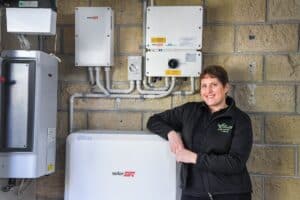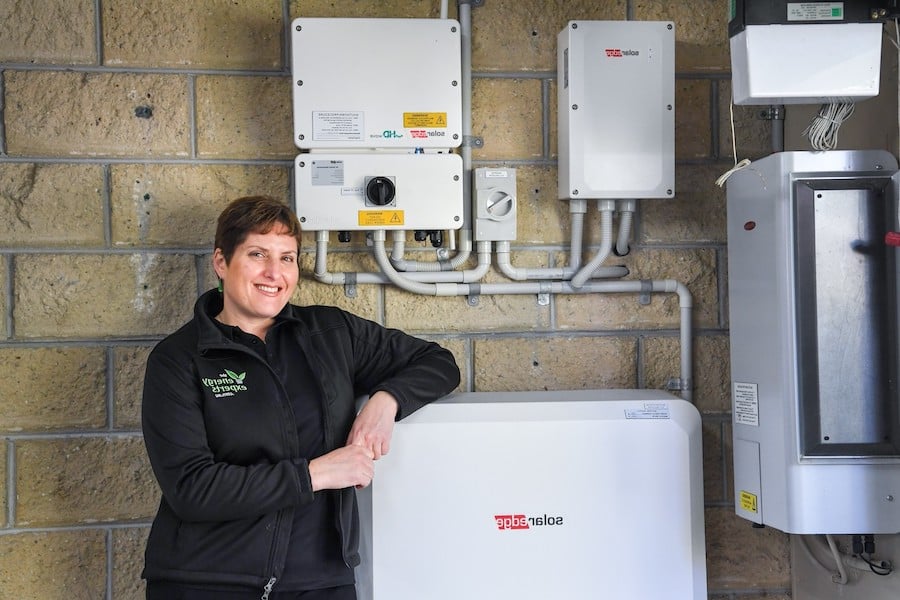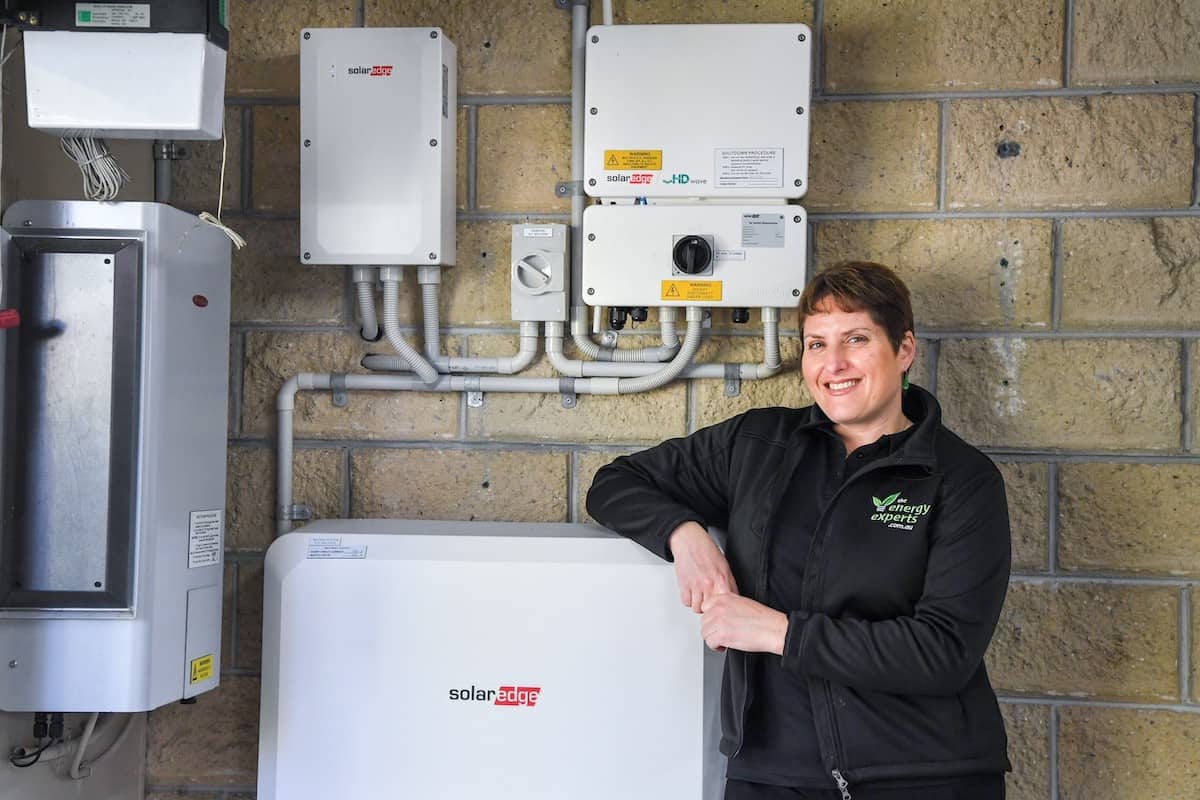While most solar systems in Australia are currently residential, the demand for commercial solar is increasing year on year. Some businesses are making the switch for environmental reasons. Though most are turning to solar based on cold, hard financial logic.
Lower overhead costs
High overheads can eat into profits. With rising energy costs becoming a major concern for Australian businesses – and most businesses using the bulk of their energy during daylight hours – many businesses are choosing to install commercial solar power systems to bring costs down.
The upfront costs of a high-quality solar power system may seem steep, but you’ll reap the financial rewards very quickly. With the savings you gain on your energy bill, a solar system generally pays for itself in three to four years. Businesses can achieve a quicker payback using cheaper components, but if they plan to continue to operate for 5+ years, it’s much more beneficial to install higher-performance equipment which produces more energy and saves more money.
Tax incentives
Since the pandemic, the Federal government has introduced stimulus measures to help businesses recover from the impact of lockdowns. Businesses that install solar energy systems may be able to take advantage of two attractive tax incentives:
- Under the temporary full expensing incentive, businesses with an aggregated turnover of less than $50 million can deduct the business portion of the cost of eligible new and second-hand depreciating assets (for businesses with a turnover of between $50 million and $5 billion, this incentive applies only to new depreciating assets).
- A second incentive, called loss carry back, is designed to work in tandem with temporary full expensing. Investing in a depreciating asset might result in a tax loss. If so, eligible businesses can carry back that tax loss to an earlier financial year. That, in turn, may trigger a tax refund from that earlier financial year, giving eligible businesses a boost to their cash flow today.
It’s best to get professional tax advice before proceeding to make sure your business is eligible for these incentives.
Money back from Solar Feed-In Tariffs
A Solar Feed-In Tariff (FiT) is a credit paid to customers for unused solar electricity that is exported to the grid. If you don’t use all the solar energy your business generates each day (eg. your business only operates Monday to Friday), you can get paid a credit for your surplus solar energy by an energy retailer. This is like the cherry on top of the savings you achieve by using your own solar energy during the day, rather than buying power from the grid.
Other incentives for going green
- Depending on the state you’re in, you may qualify for green building grants or subsidies. In NSW, for example, the Energy Savings Scheme offers incentives to eligible NSW businesses that have achieved a NABERS (National Australian Built Environment Rating System) energy rating.
- For businesses with a commercial property loan, Commonwealth Bank has just rolled out a new Property Sustainability Upgrade Loan aimed at helping Australian businesses go green.
Eligible businesses will have their loan fees waived when they increase their commercial property investment loan up to 20% to implement property sustainability upgrades. This includes solar panel installations. The upgrades must achieve a NABERS rating or reduce the property’s carbon emissions.
Find out more about how a commercial solar system can benefit your business.
Call 1300 516 474 or email save@theenergyexperts.com.au.















